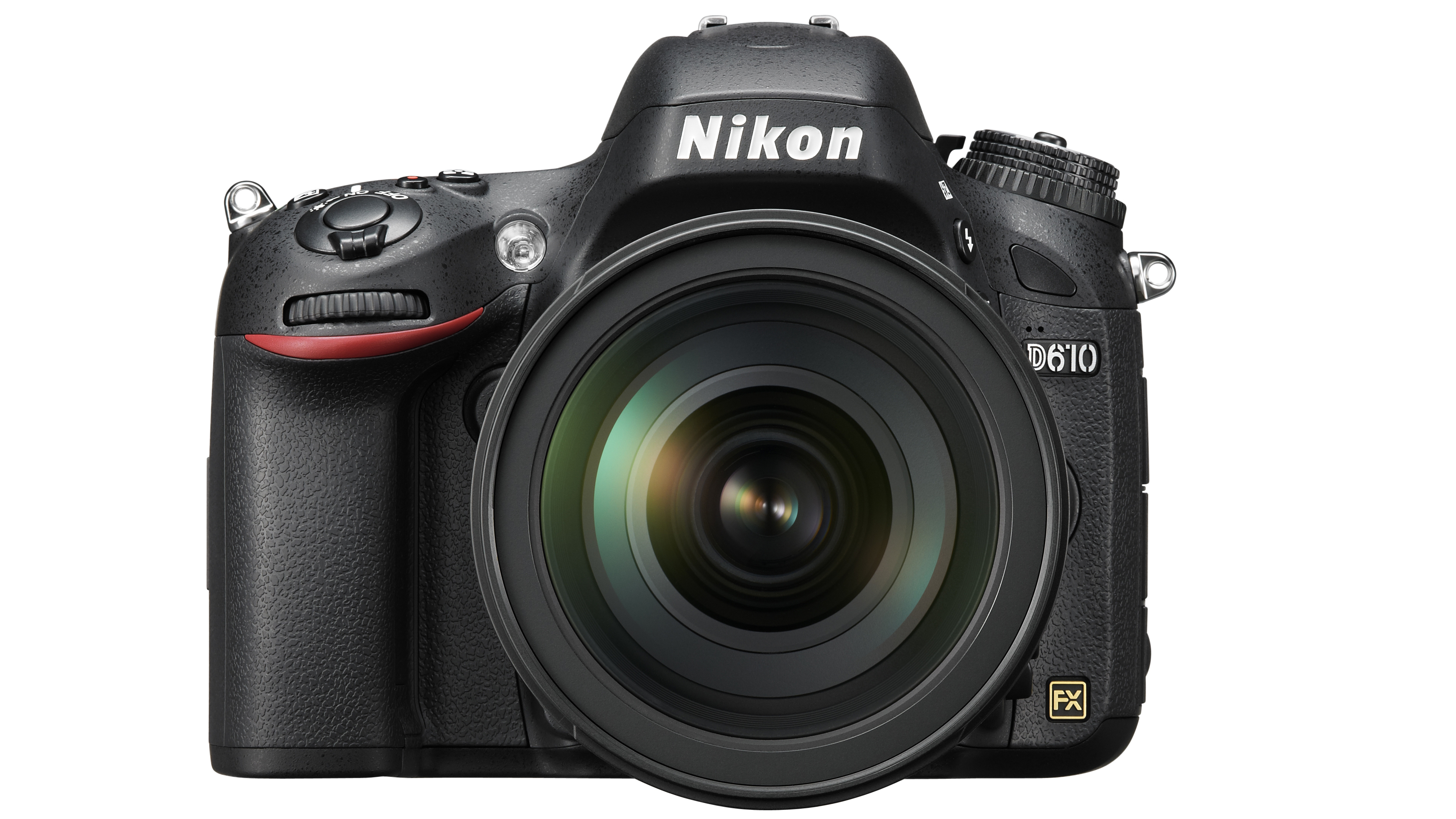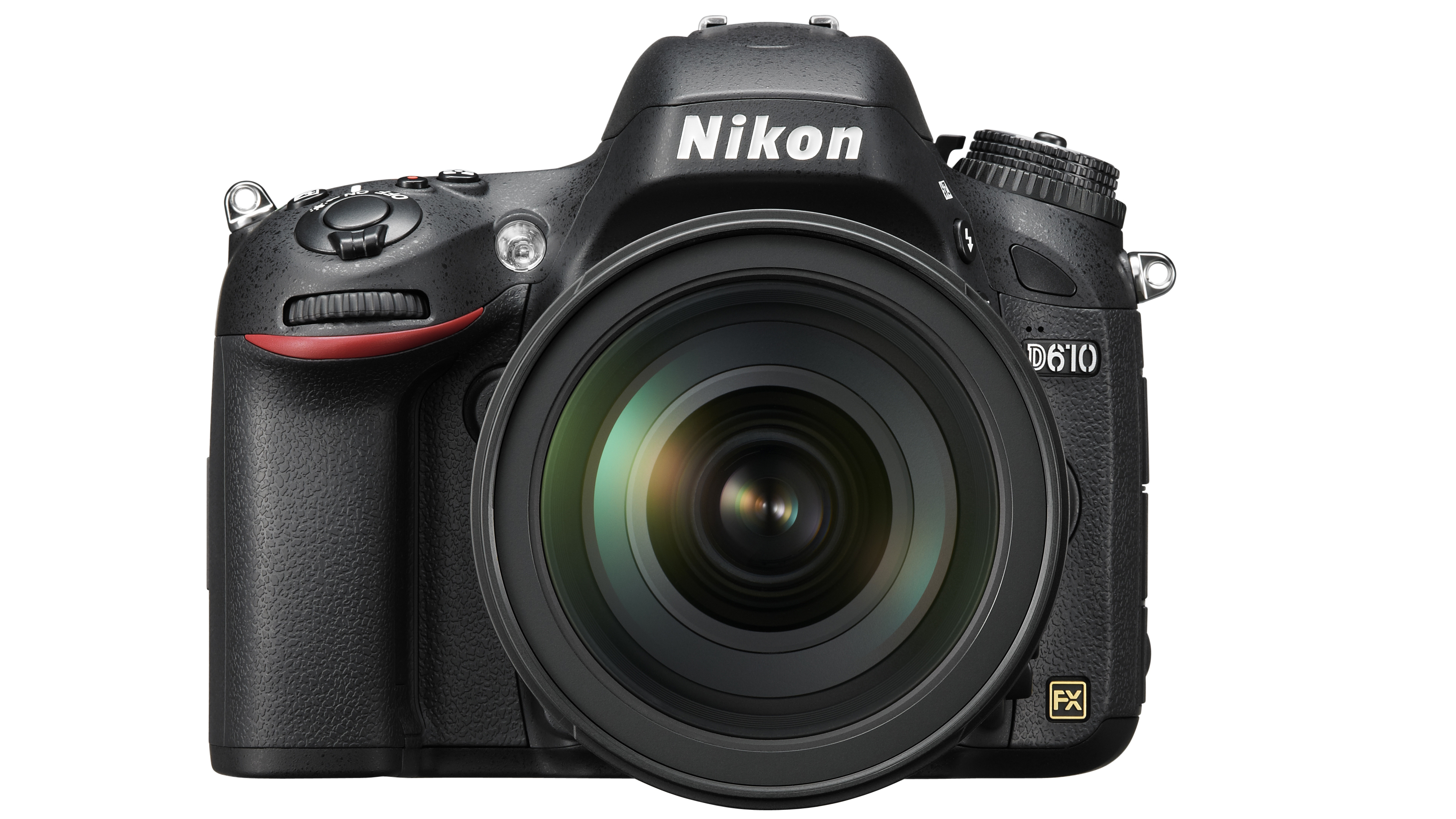Why you can trust TechRadar
As you might guess, the Nikon D610 looks and feels exactly the same as the D600. While it's smaller and less tank-like than the Nikon D4, and doesn't have the monocoque construction of the D5300, it has a part-magnesium alloy body and feels pretty tough. There are also seals that keep moisture out so you can continue to use it if the weather turns bad.
A rubber-like coating on the chunky finger-grip on the front of the camera and the thumb-ridge on the back ensures a comfortable, secure hold. The comparatively small size of the camera means that even those with averagely proportioned hands will find their little finger slipping under the body rather than onto the grip.

Nikon has now built up some experience in creating video-enabled digital SLRs and the control arrangement of the D610 generally makes good sense.
It would also be nice if the adjustable options in the Information display, which are accessed by pressing the Info button twice, could be customised. As they stand they seem like an unusual collection giving a quick route to some features you aren't likely to want to access very often.
How frequently are you likely to want to change the role played by the two memory cards, or to customise the AE-L/AF-L and Function buttons, for example? Surely these items could be better located in the custom menu while the flash exposure settings could warrant quicker access?
Nikon users will find the D610's menu very familiar and it's sensibly arranged. We especially like the fact that there's a My Menu screen to which all the most commonly used menu features can be assigned for quicker access.
We found it useful for accessing the HDR and Image Quality options, because raw shooting needs to be turned off before HDR images can be recorded. It's also useful for activating the Exposure delay mode (mirror lock-up) when the camera is on a tripod and you want the ultimate in shake-free images.
Those who haven't set-up the My Menu screen to their own preferences may find switching it to Recent settings useful: it gives a quick route to readjust any settings that have been changed recently.
The main LCD screen on the D610 provides a nice clear view and doesn't suffer excessively from reflections. However, because it's fixed, if you want to shoot from a very low angle you'll have to get down on the ground, so you may as well use the viewfinder. This is also bright and clear.
While the screen shows details well, when zooming in to focus accurately in low light the view becomes quite noisy, with considerable coloured speckling visible. This doesn't usually prevent you from achieving sharp focus, but it is a little distracting.
